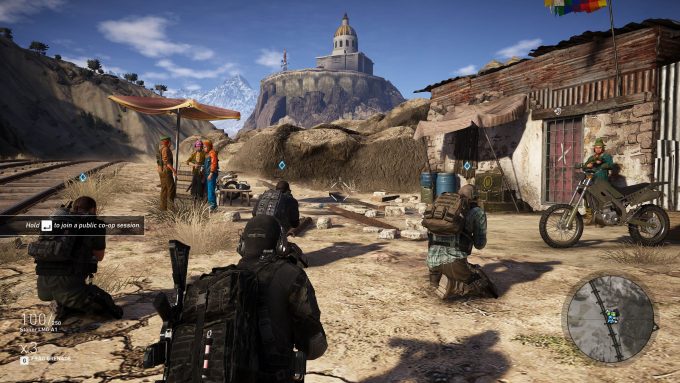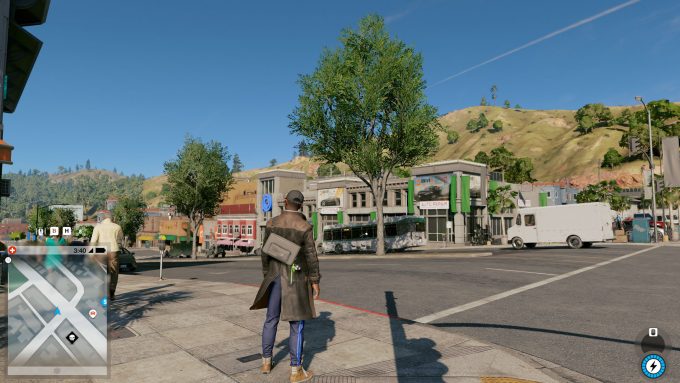- Qualcomm Launches Snapdragon 4 Gen 2 Mobile Platform
- AMD Launches Ryzen PRO 7000 Series Mobile & Desktop Platform
- Intel Launches Sleek Single-Slot Arc Pro A60 Workstation Graphics Card
- NVIDIA Announces Latest Ada Lovelace Additions: GeForce RTX 4060 Ti & RTX 4060
- Maxon Redshift With AMD Radeon GPU Rendering Support Now Available
NVIDIA’s GeForce GTX 1070 Ti vs. Radeon RX Vega 56 & GTX 1070, 1080

Following-up on our look at the synthetic performance of NVIDIA’s GeForce GTX 1070 Ti from a couple of weeks ago, this second diving-in will take care of the performance of real games. In this matchup, four GPUs have entered the ring, where four resolutions await their attempts to deliver high framerates.
Page 3 – Tests: Ghost Recon Wildlands, Total War: WARHAMMER II & Watch_Dogs 2
Tom Clancy’s Ghost Recon Wildlands
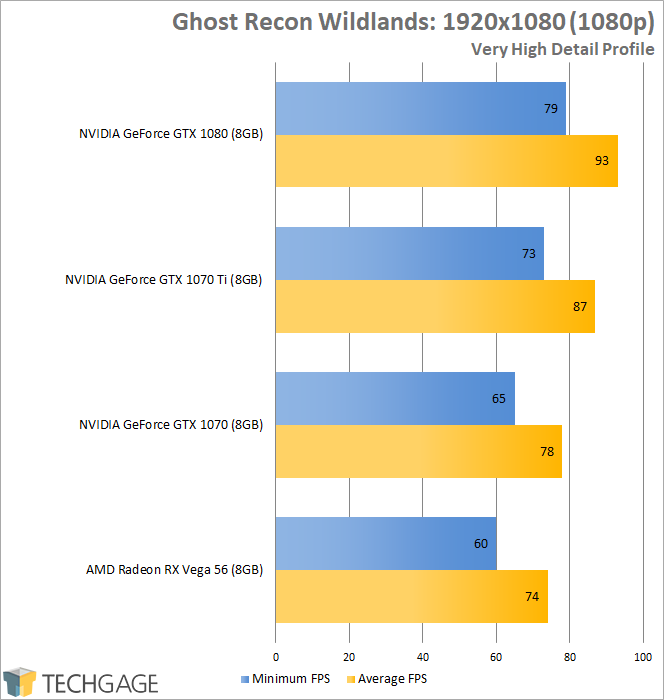
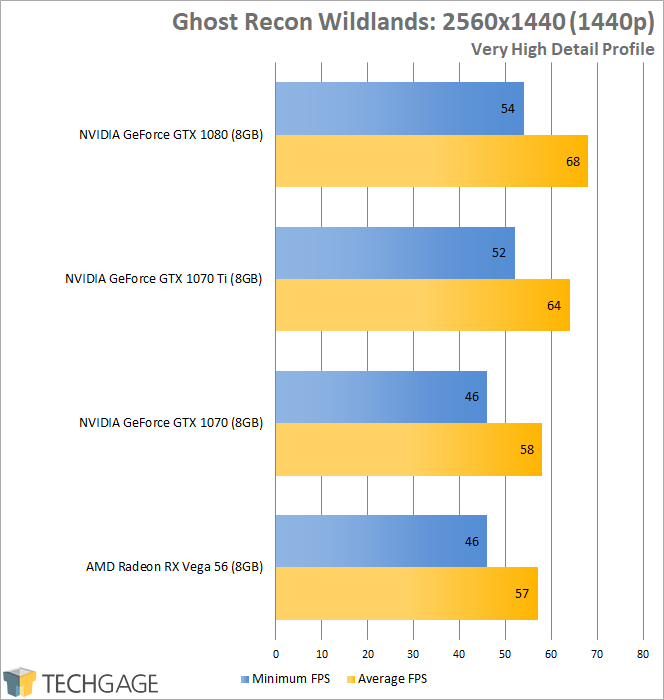

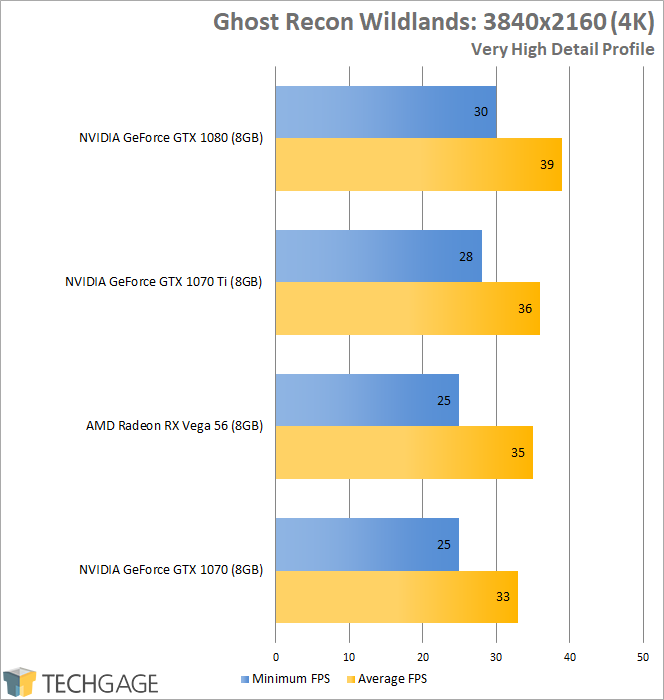
The detail settings used here seem to be a bit more aggressive than equal-level ones would be in most games. This is proven by the fact that we’re not seeing 100+ FPS averages, but instead 87 for the 1070 Ti at 1080p. But I don’t mean to make that out to sound like a bad thing, because even at 1440p, these high detail settings stay glued to 60 FPS.
It’s worth noting that Very High is the second-highest preset, so if we tested at Ultra, these cards (probably) wouldn’t have looked as impressive as they do.
Total War: WARHAMMER II
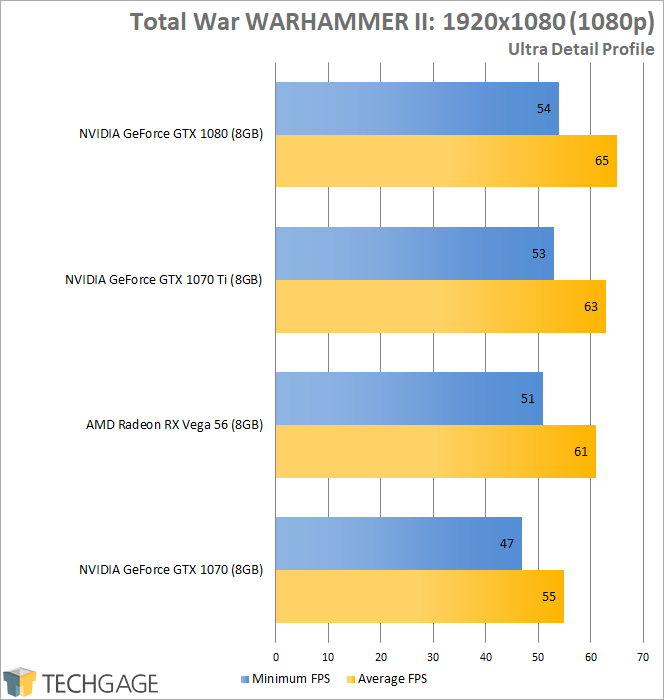
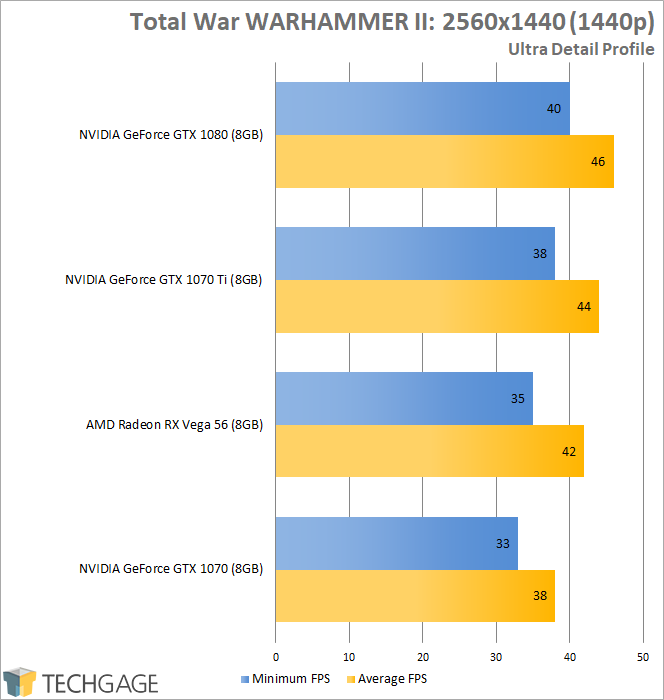
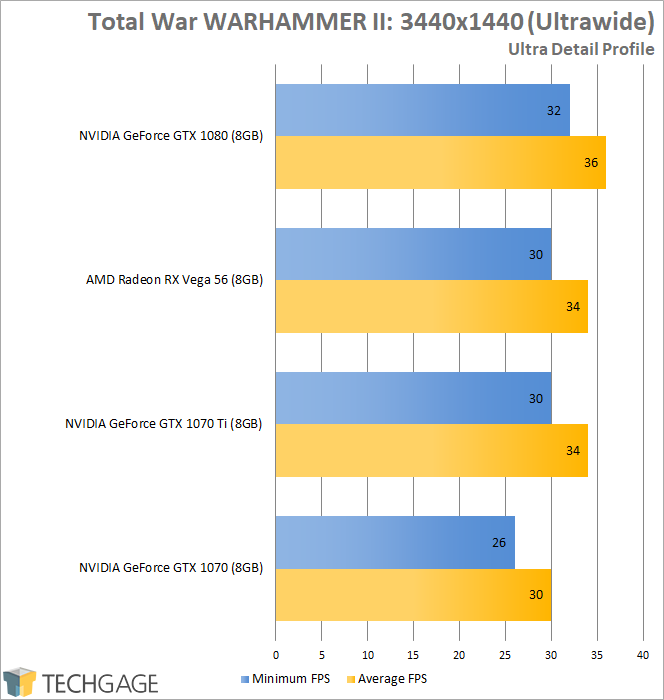
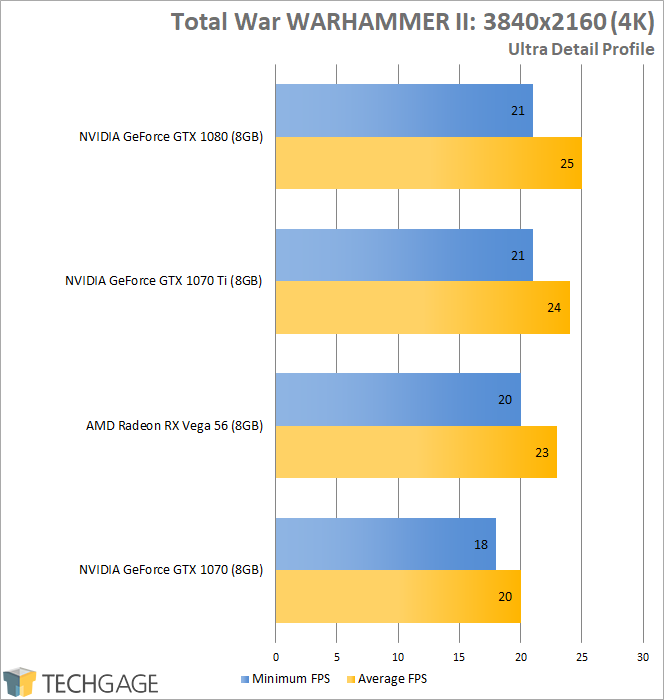
“But can it run Total War?” That’s the big question here, although it’s not one you need to even think about unless you’re running 1080p. This game at its tested detail settings (which is the highest profile, but not the highest detail possible), this game slaughters every single GPU going. I might actually retest these GPUs in this game on more sane settings, because when a $500 GPU barely breaches 60 FPS at 1080p, it may be a little too aggressive. I have little doubt that the game will run well on resolutions up to 1440p, but if that’s your target, you’ll want to drop the profile down.
Watch_Dogs 2

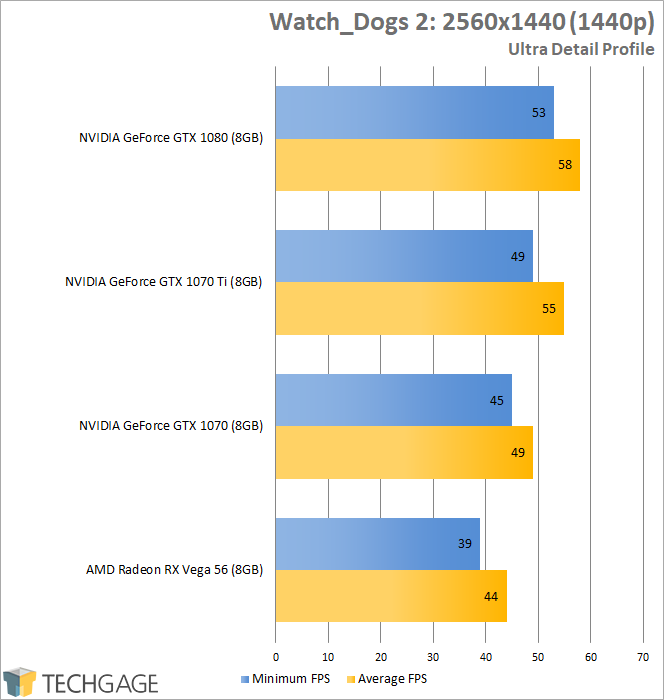
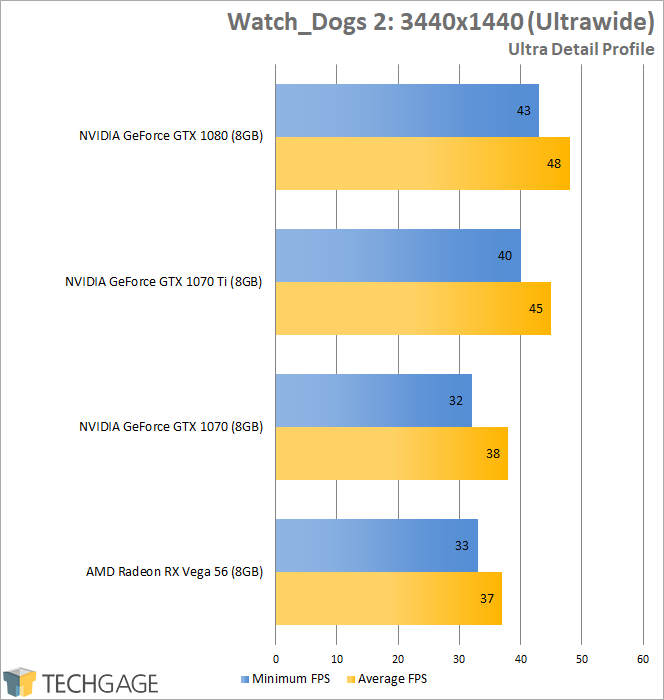
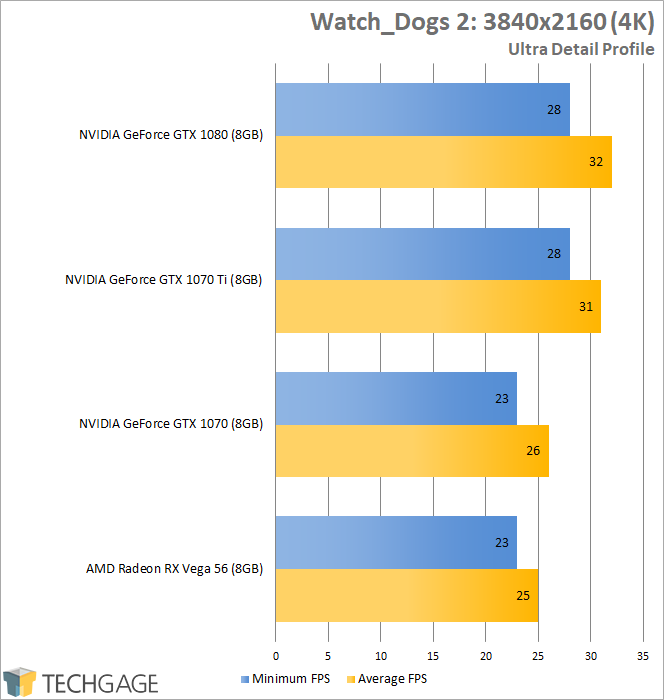
Watch_Dogs 2 isn’t nearly as aggressive as WARHAMMER II, as proven by the fact that the GTX 1070 Ti hits 75 FPS at 1080p. Even still, these settings are dialed up a bit too much for anything other than 1440p or 1080p (though 1440p didn’t hit 60 FPS). I have no doubt this game can be tweaked a bit to be fully playable at ultrawide – 45 FPS isn’t horrible, but improvements will be easy to make.
Support our efforts! With ad revenue at an all-time low for written websites, we're relying more than ever on reader support to help us continue putting so much effort into this type of content. You can support us by becoming a Patron, or by using our Amazon shopping affiliate links listed through our articles. Thanks for your support!




